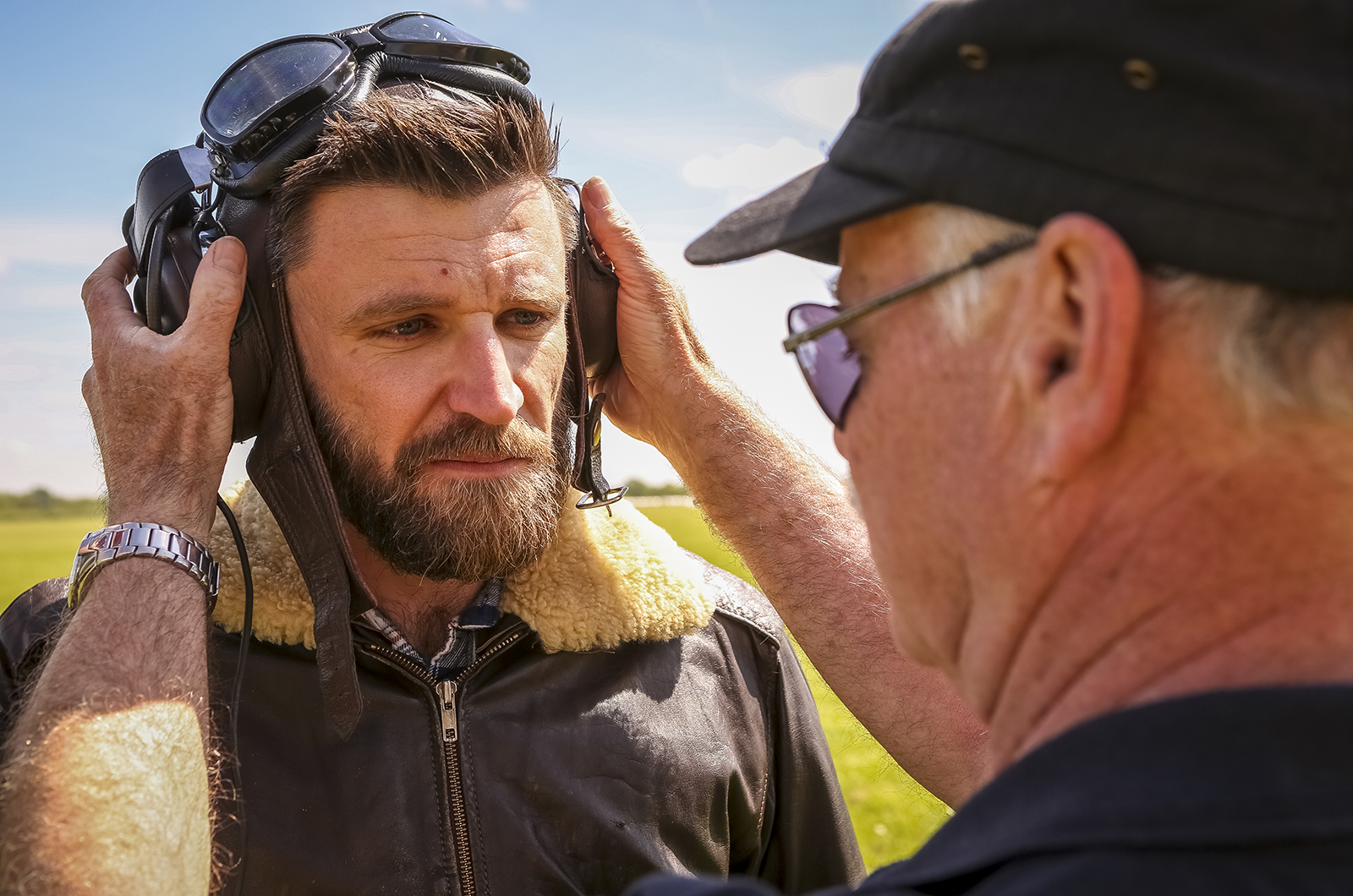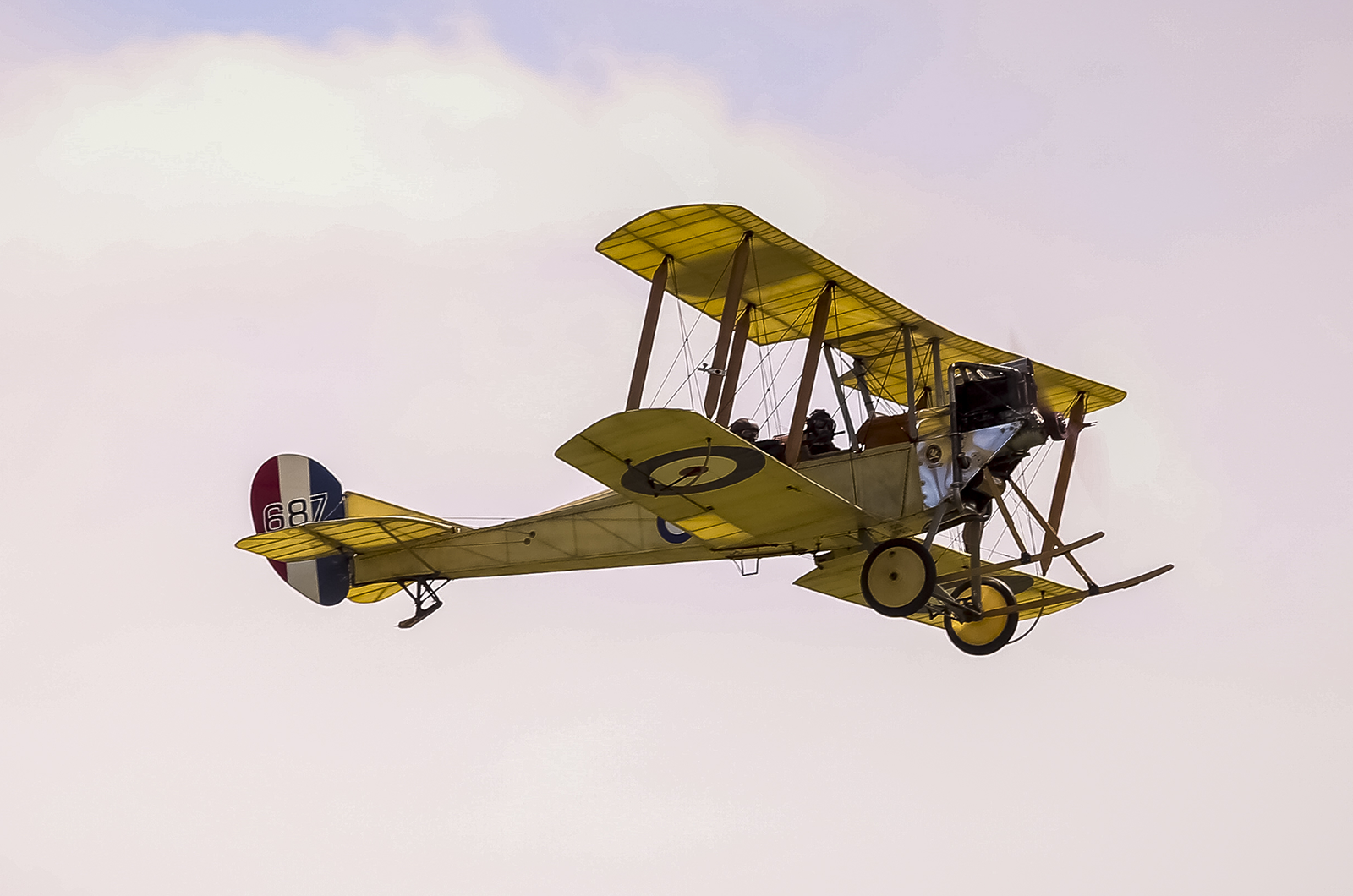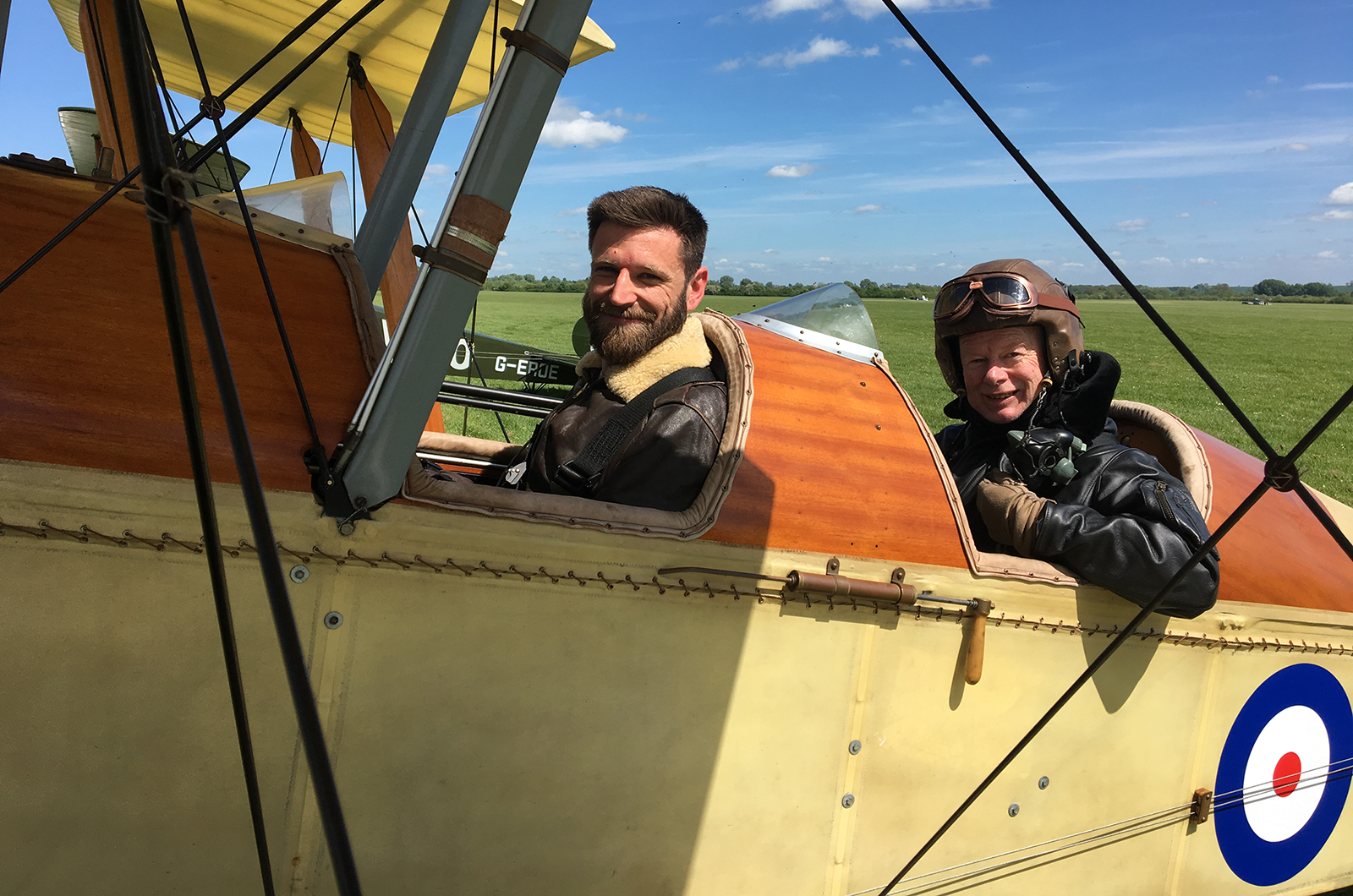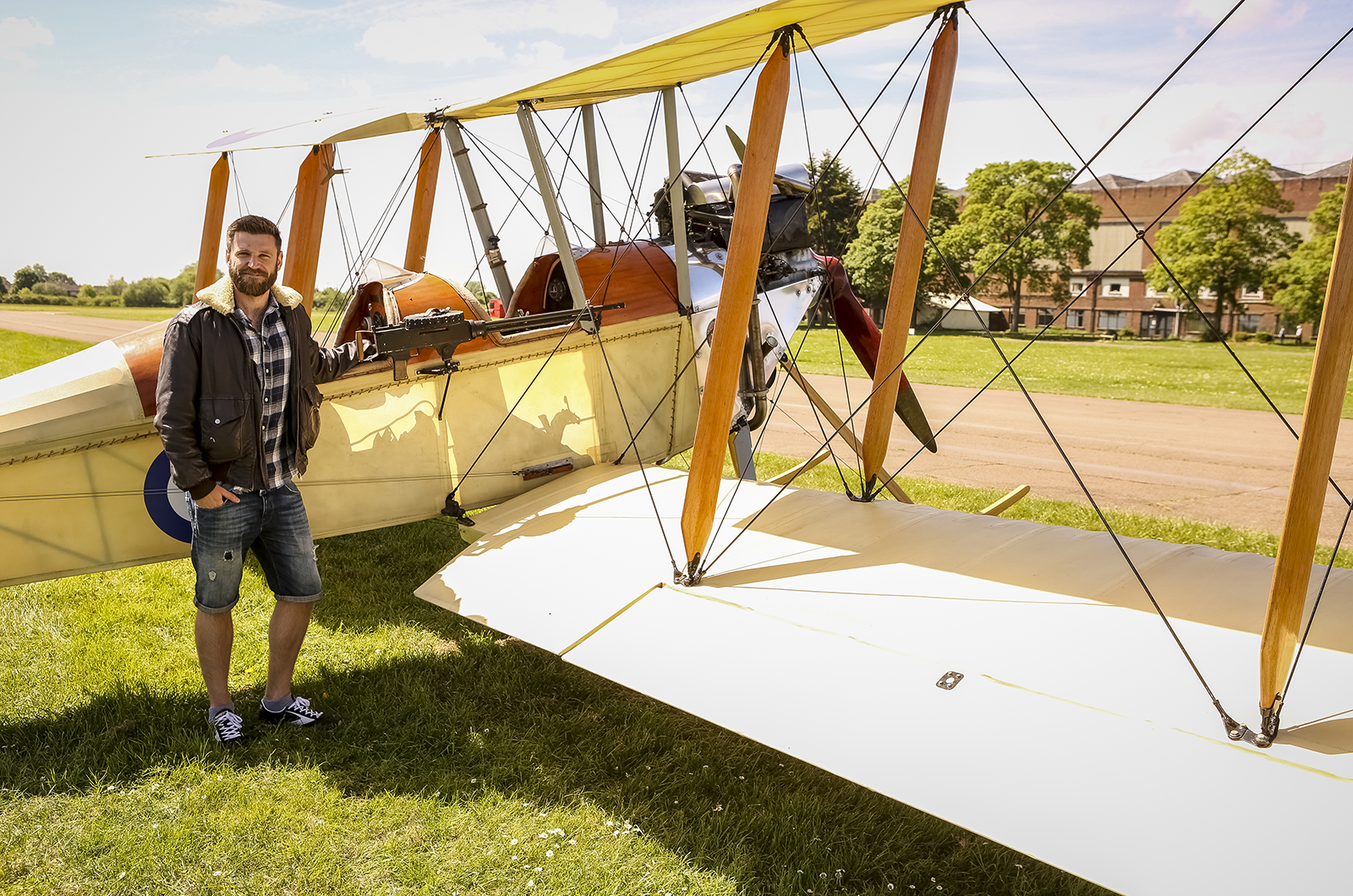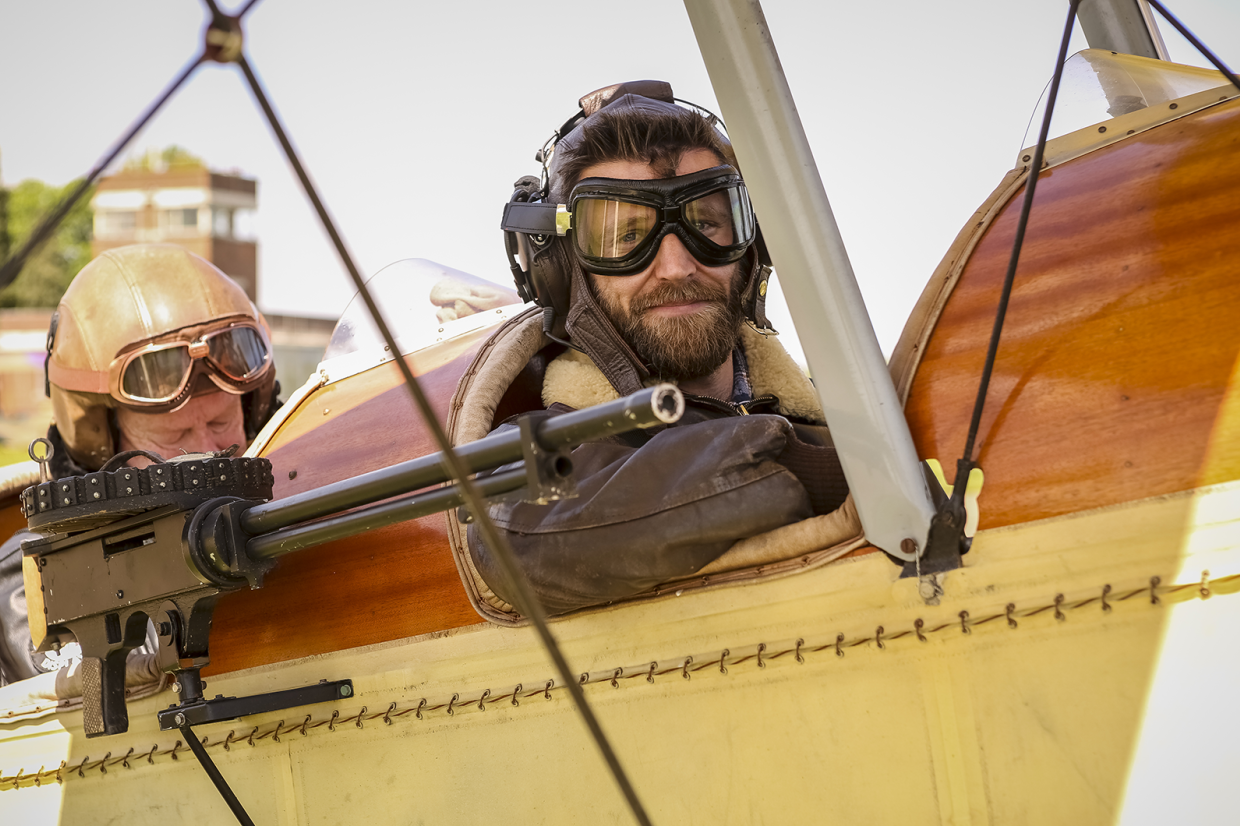
There hasn’t been a day out of the past four years that I haven’t thought how privileged I am to work at Classic & Sports Car; to be in a position to get behind the wheel of cars I’ve dreamed about since I was small, and to write about them in the world’s best-selling classic car magazine and on its website.
But for a person enchanted by planes and trains, in addition to automobiles, last week was one to remember.
The setting was Bicester Heritage – the incredible automotive and aviation industrial hub housed at one of the country’s best preserved former RAF bases – and the event was a press preview day for The Classic & Sports Car Show in association with Flywheel, which aimed to showcase the very best classic and vintage machines to the national newspapers.
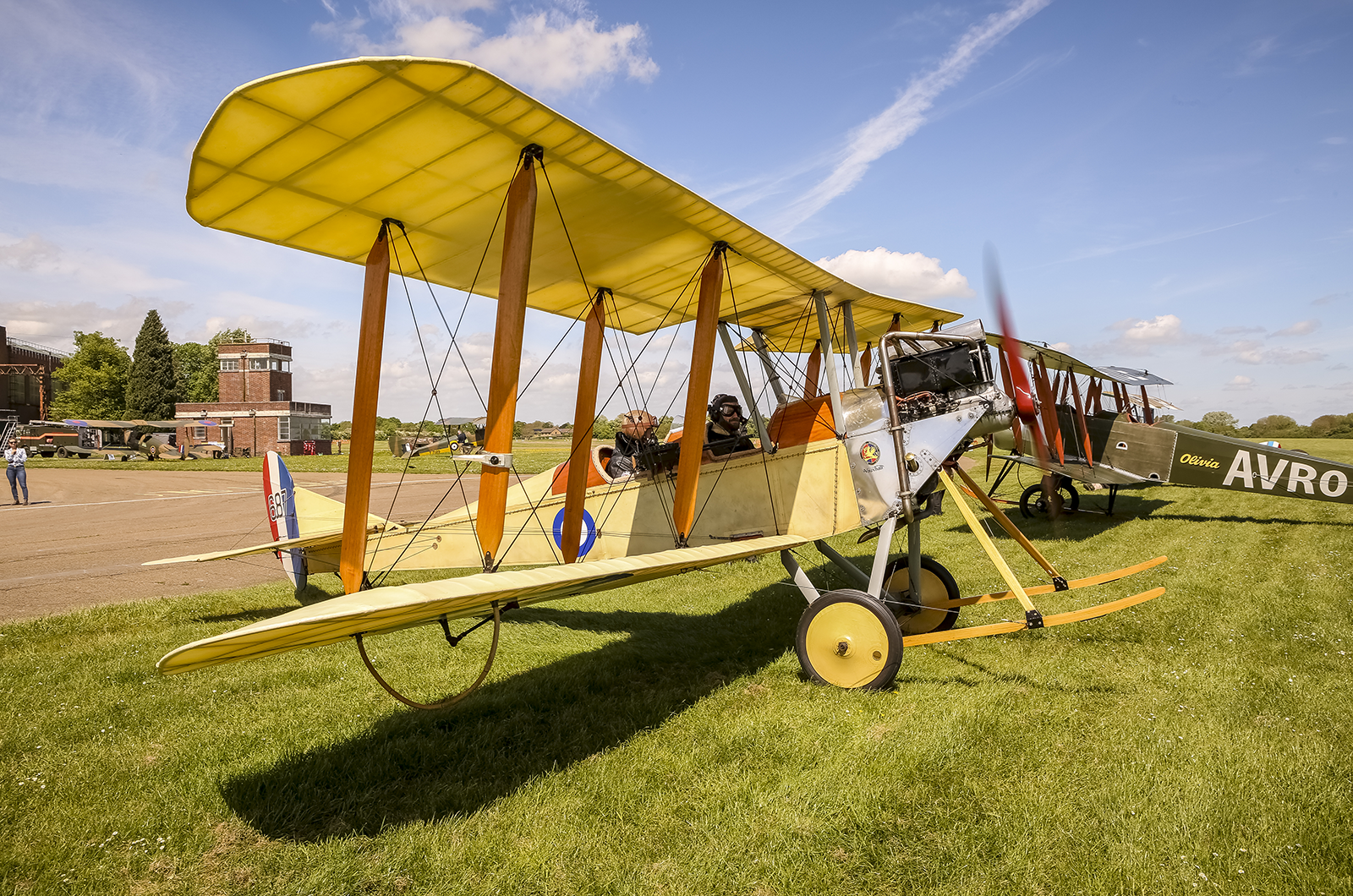
To mark the occasion, the organisers had gathered a selection of historic vehicles to give the assembled press a taste of what the 23-24 June show has to offer.
I was immediately drawn to the road cars, which included a stunning Alvis and Lagonda pair, AC Ace, Porsche 911 and Ford Mustang, crowned by Pendine’s Aston Martin DBR4 Grand Prix car, which is set to carry out a series of demonstration runs during the event.

